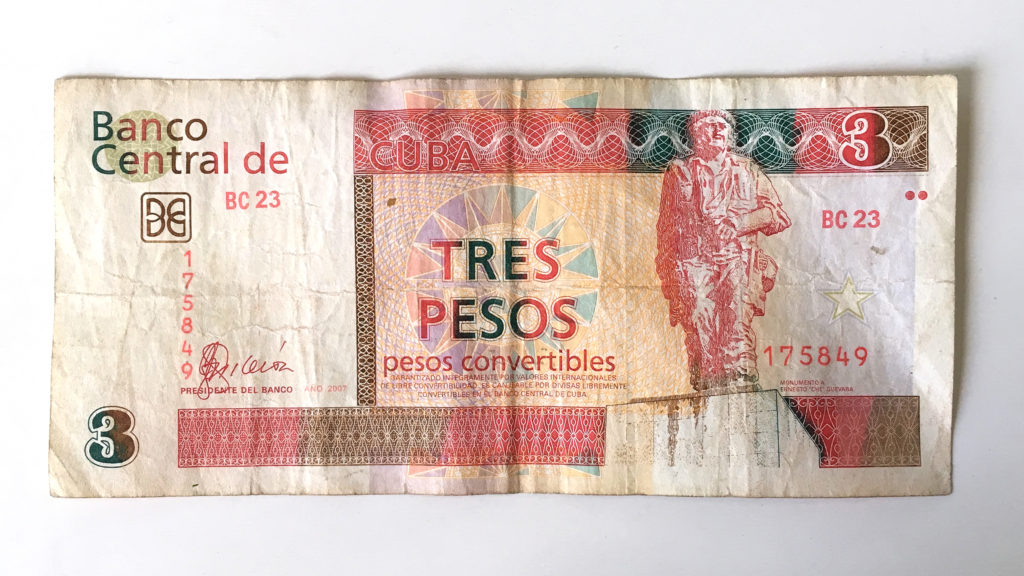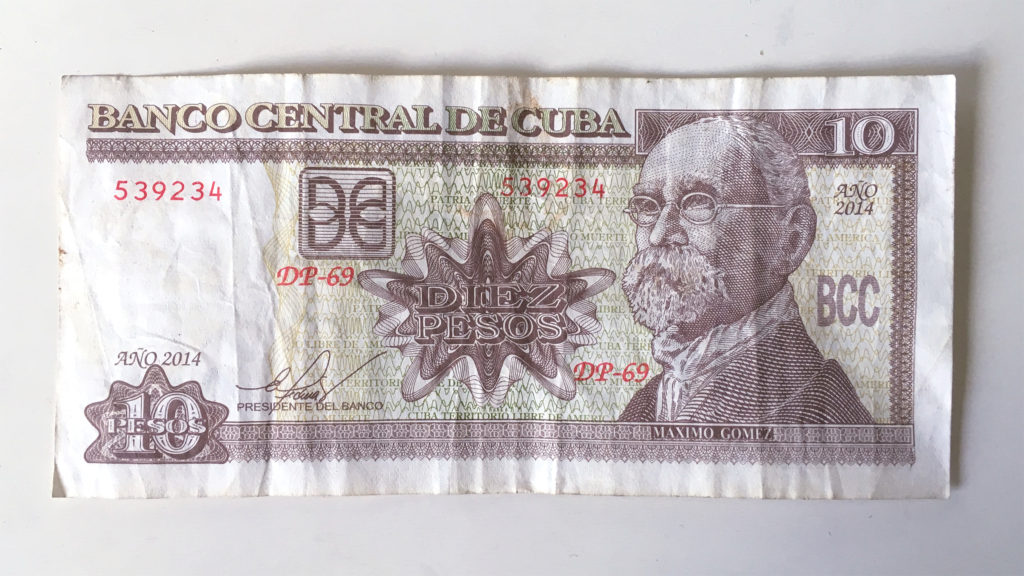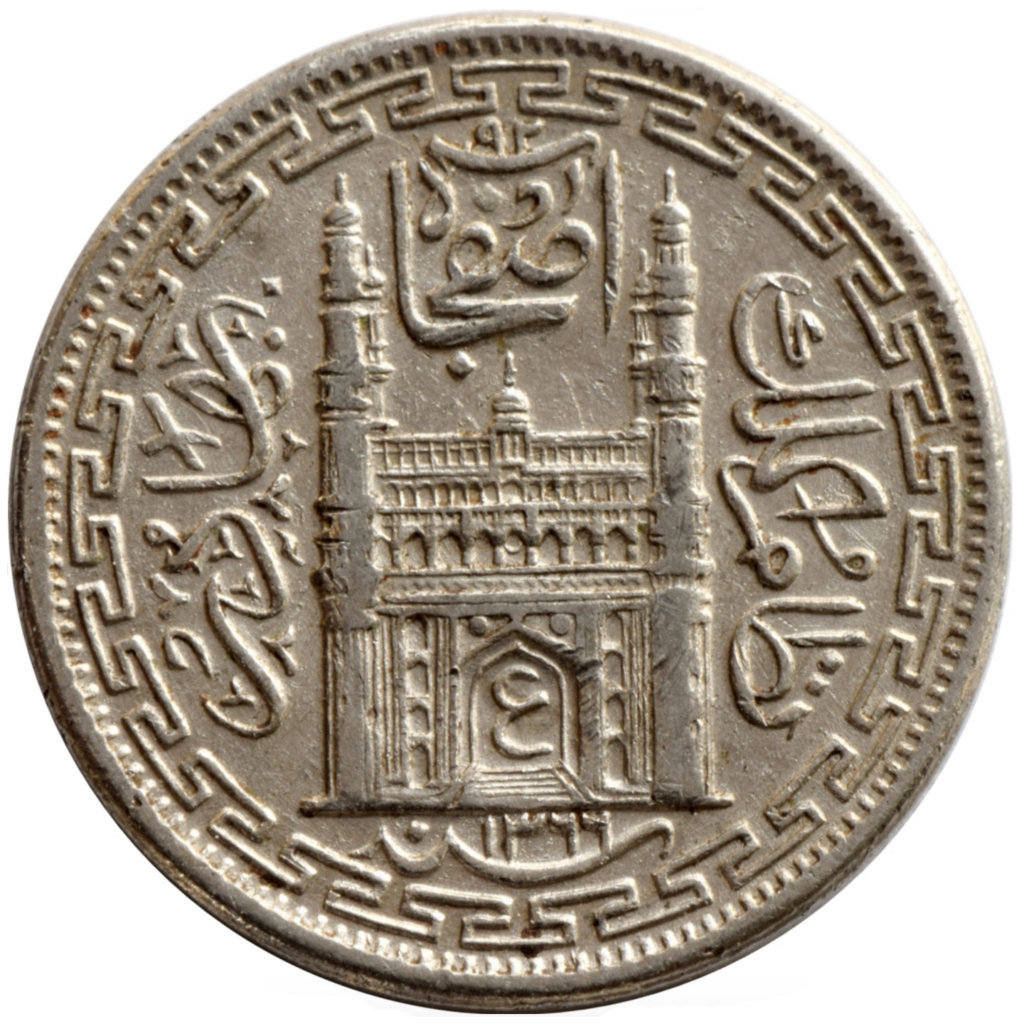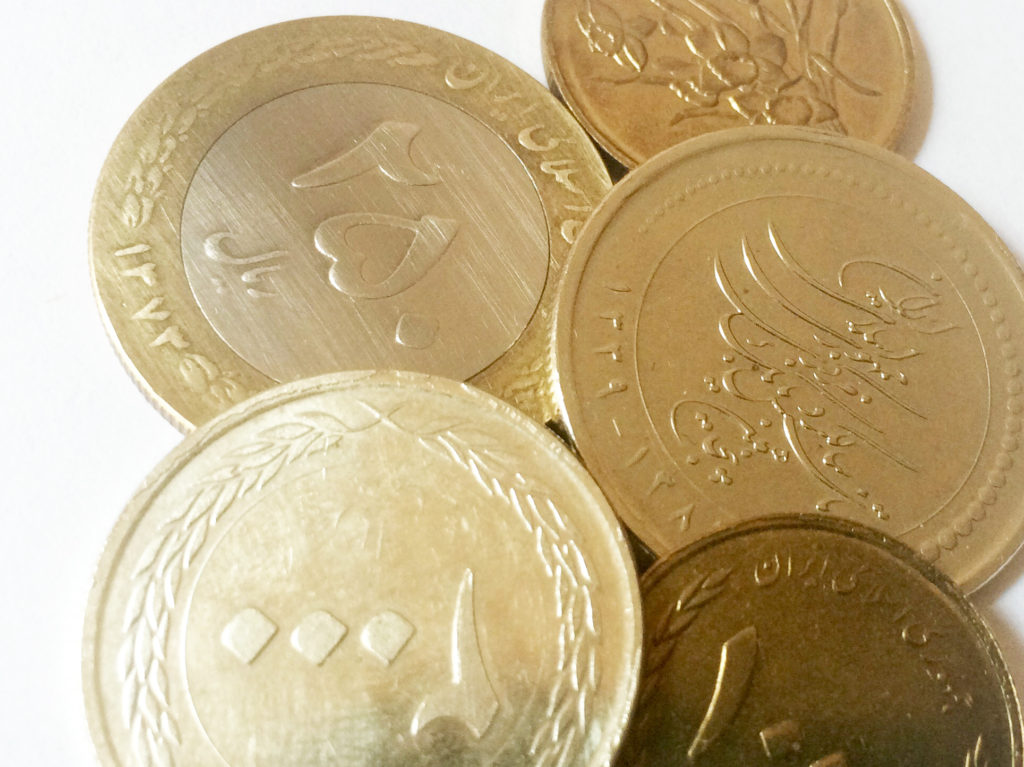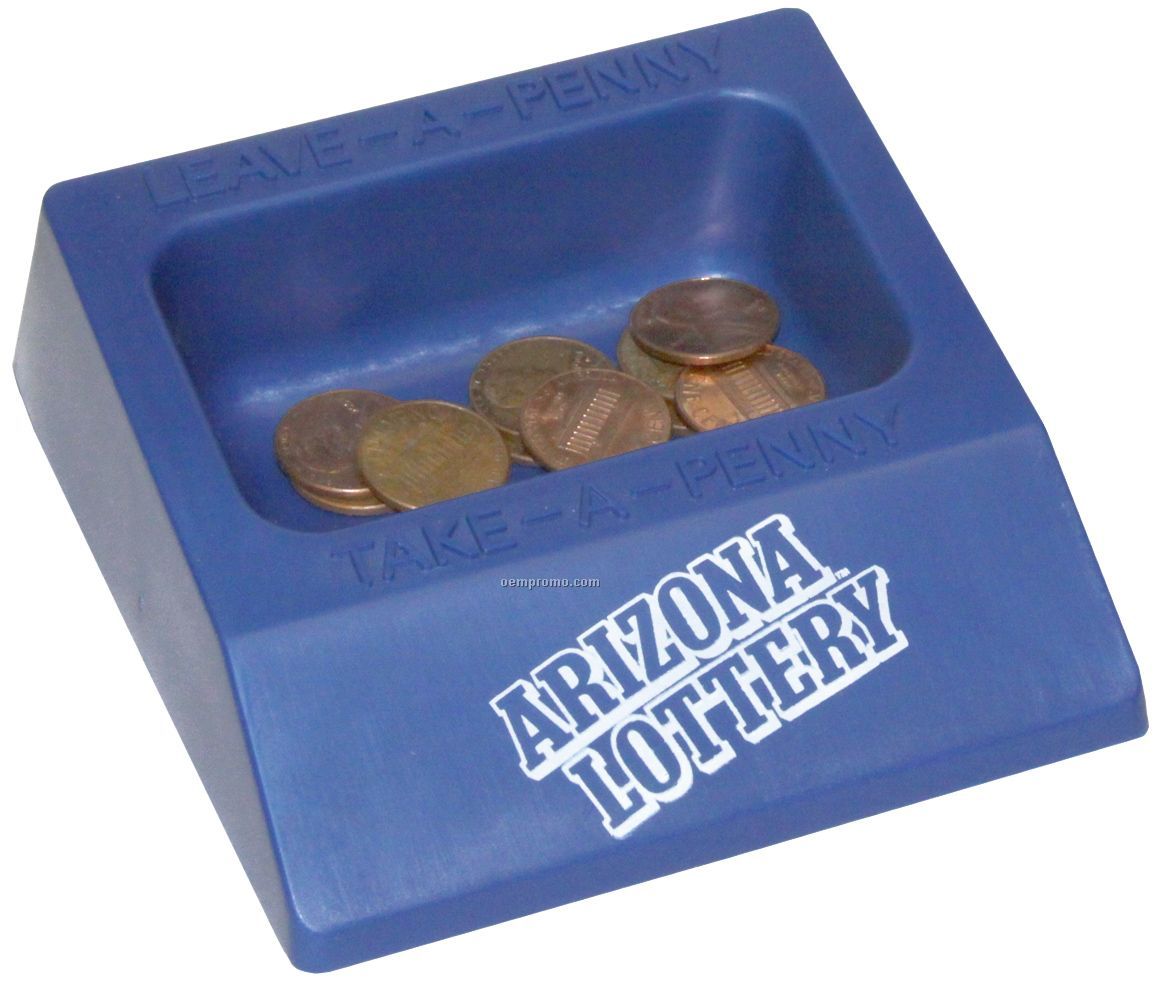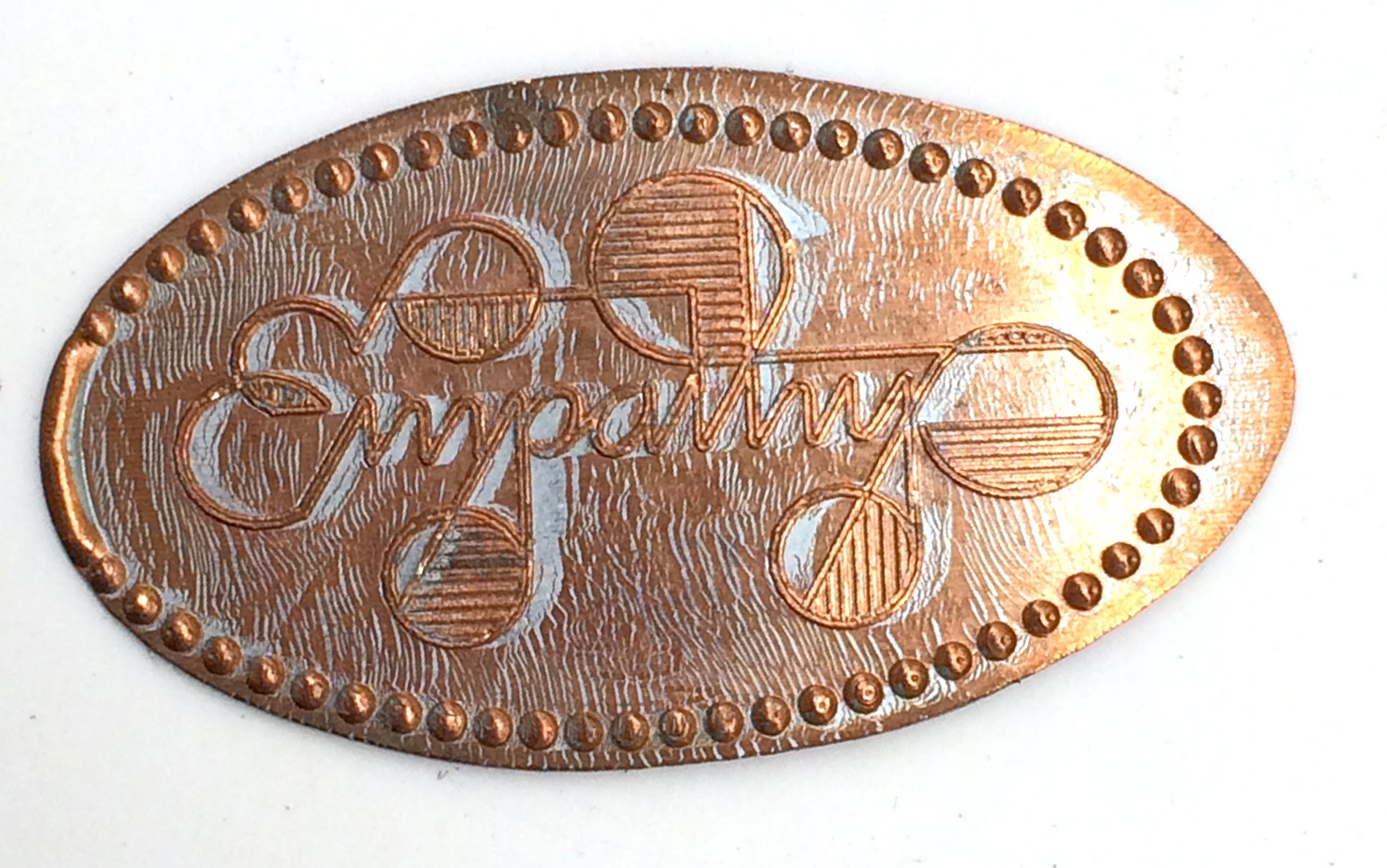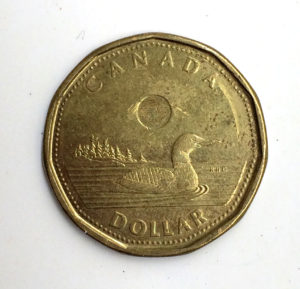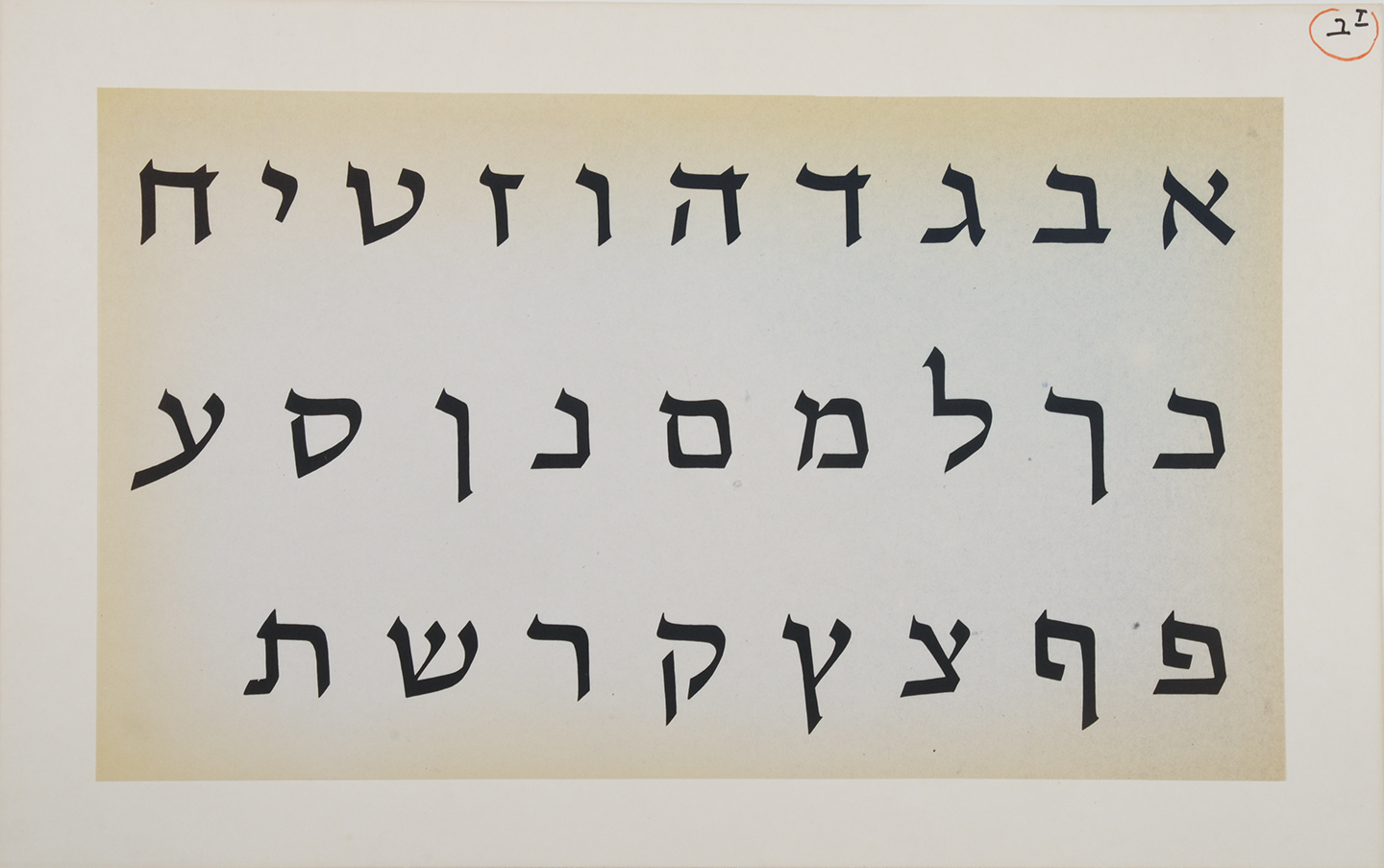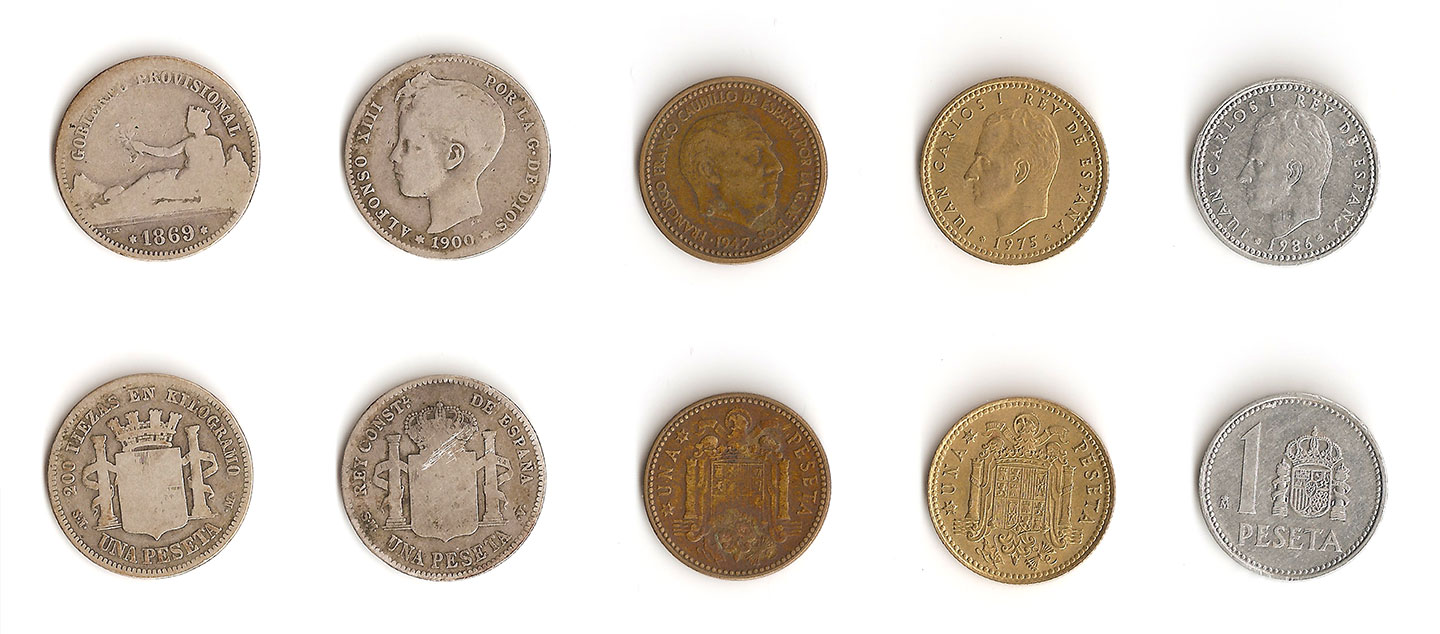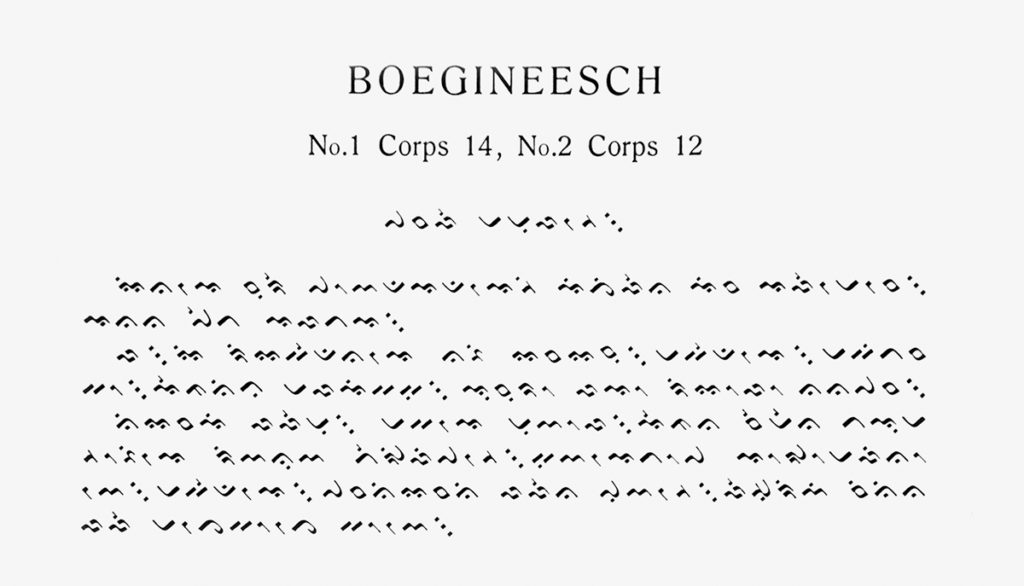My 2¢ is less about the design of these two Cuban banknotes than about what they represent.
As a US-dwelling Canadian who has wanted to visit Cuba for many years, I finally made the trip there from Toronto in early 2015 — ironically, just after the announcement of the normalization of relations with the US.
Cuba is a striking and remarkable place in so many ways. But one of the things that struck me most upon arriving there was the discovery that since 1994 Cuba has had two parallel currencies: the Cuban Peso (CUP), which is used for trade among Cubans; and the Convertible Cuban Peso (CUC), which is used by visitors to the country and for international trade, and is pegged to the US dollar. So 1 CUC equals 1 USD — and 1 CUC equals approximately 25 CUP.

